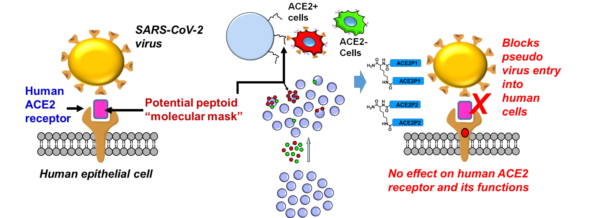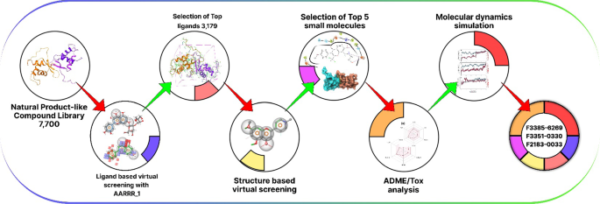Nuclear receptors (NRs) are a family of transcription factors that regulate gene expression in response to ligand binding. Among them, retinoic acid receptors (RARs) play a crucial role in various physiological processes, including embryonic development, cellular differentiation, and immune regulation. The availability of a comprehensive RAR Ligands Library offers researchers a valuable resource for investigating the therapeutic potential of RAR modulation. This article provides an in-depth exploration of RARs, highlights the importance of the RAR Ligands Library, and discusses its significance in drug discovery and personalized medicine.
Nuclear receptors are molecular switches that regulate gene expression through the binding of specific ligands. Retinoic acid receptors (RARs) belong to the NR superfamily and are activated by retinoids, including retinoic acid (RA) and its derivatives. RARs are involved in a wide range of biological processes, and their dysregulation has been linked to developmental disorders, cancer, and various other diseases. The development of a specialized RAR Ligands Library provides researchers with a diverse collection of compounds for studying RAR biology and developing novel therapeutic strategies.
RARs and Their Significance:
RARs consist of three isoforms: RARα, RARβ, and RARγ. They function as ligand-dependent transcription factors that bind to specific DNA sequences, known as retinoic acid response elements (RAREs), to regulate the expression of target genes. RARs play crucial roles in embryonic development, cellular differentiation, immune function, and tissue homeostasis. Dysregulation of RAR signaling has been associated with various diseases, making RARs attractive targets for therapeutic intervention.
The RAR Ligands Library:
The RAR Ligands Library is a collection of compounds specifically designed to interact with RARs. This library provides researchers with a toolkit to study RAR biology and identify small molecules that modulate RAR activity. The compounds within the library vary in structure, potency, and selectivity, enabling researchers to explore the structure-activity relationships required for optimal RAR modulation. By screening the library, researchers can identify lead compounds for further development and gain insights into the mechanisms underlying RAR-related diseases.
Applications in Drug Discovery:
The RAR Ligands Library is instrumental in drug discovery efforts targeting RAR pathways. By screening the library compounds, researchers can identify agonists or antagonists that selectively modulate RAR activity. This enables the development of therapeutic strategies for a range of diseases, such as cancer, inflammatory disorders, neurodegenerative diseases, and metabolic syndromes. Additionally, structure-guided drug design and optimization can be facilitated through the availability of diverse scaffold compounds in the library.
Personalized Medicine and Beyond:
The RAR Ligands Library also holds promise in the field of personalized medicine. Genetic variations in RAR-related genes may influence an individual’s response to RAR modulators. By screening patient samples against the library, researchers can identify specific compounds that elicit desired therapeutic effects based on an individual’s genetic makeup. This personalized approach has the potential to revolutionize treatment strategies, maximizing efficacy and minimizing adverse effects.
Challenges and Future Directions:
Although the RAR Ligands Library offers immense potential, various challenges persist. The need for comprehensive and diverse compound collections, the optimization of screening assays, and the integration of computational approaches are areas requiring further attention. Advances in synthetic chemistry and structure-activity relationship studies, combined with innovative screening techniques, will contribute to refining the RAR Ligands Library and expanding its utility.
Conclusion:
The RAR Ligands Library represents a valuable resource for researchers exploring the therapeutic potential of RAR modulation. Through the screening and characterization of its compounds, researchers can deepen our understanding of RAR biology, identify lead compounds for drug development, and potentially develop personalized treatment strategies. As the field progresses, ongoing advancements in technology and collaborative efforts will unlock new opportunities for leveraging the RAR Ligands Library to address unmet medical needs and improve patient outcomes.




